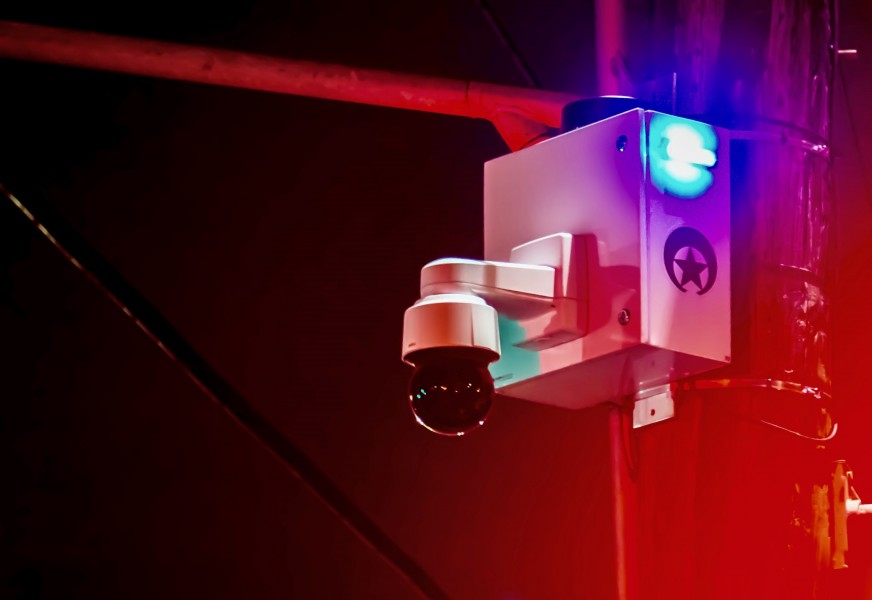Traffic camera fines cause stress among students, New Orleans community

A car can be a game-changer for many Tulane students looking to get away from campus, engage with the city of New Orleans away from the Tulane bubble and, perhaps most importantly, have an easy way to get to Trader Joe’s in Metairie without spending a fortune on Uber.
But with great reward comes great responsibility, and at times the burden of owning a car in a city can become taxing, especially in a city like New Orleans with an expansive network of traffic cameras meant to catch traffic violations and send out fines accordingly.
According to the City of New Orleans Department of Public Works website, the Traffic Camera Safety Program was implemented in order “to deter red light violations, reduce speeding violations, increase traffic situational awareness and reduce collision severity.”
One of the most focused-on areas’ traffic cameras aim to protect are school zones. School zone regulations, which went into affect Aug. 14 for the 2018-19 academic year, mandate that the area around a school must have specialized 20 mph speed limits from 7-9 a.m. and 2:45-4:45 p.m. when school is in session.
“The children are our top priority, the teachers and the educators and the faculty are our top priority, and we want them to have a very great school year, so we’re asking people to slow down because there will be consequences for those who are speeding in our school zones, creating an unsafe environment,” Michael Harrison, New Orleans Police Department Chief, said at a press conference outside of L.B. Landry-O.P. Walker College and Career Preparatory High School.
In order to trigger a non-school zone camera, a car must be driving at least 10 miles over the speed limit. For school zone traffic cameras, however, a car driving six miles over the speed limit will trigger the camera and warrant a $157.50 fine.
Tulane and Loyola University of New Orleans’ Uptown campuses are uniquely challenged by the sheer number of school zones surrounding the universities, with upwards of six school zones within a two mile radius of the colleges.
Tulane senior and New Orleans native Nina Son said she feels traffic cameras prove to be a nuisance when navigating the city. According to Son, school zones in particular present a challenge because of the extended period of time they are in effect, despite children and other pedestrians not being present for much of the designated time.
“I honestly hate them,” Son said. “They can be really annoying, especially the school zone areas where they are always on, regardless of whether or not kids are leaving school.”
In addition to enforcing safety and traffic standards on the road, traffic cameras serve as a revenue stream for the City of New Orleans. According to the Times-Picayune | NOLA.com, traffic cameras alone are expected to bring $21.9 million in revenue in 2018.
With currently 99 stationary traffic cameras dotted across the city according to the Department of Public Works website, Mayor Latoya Cantrell has made promises to scale back the use of traffic cameras, posing a highly contested budget dilemma for the City of New Orleans.
Your donation will support the student journalists of Tulane University. Your contribution will allow us to purchase equipment and cover our annual website hosting costs.
















Leave a Comment